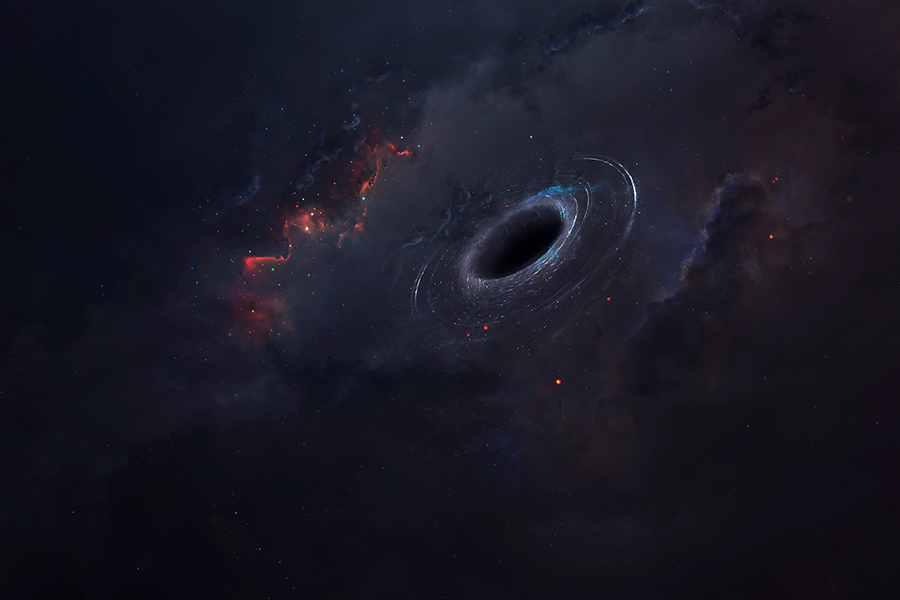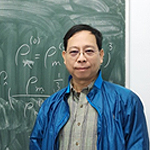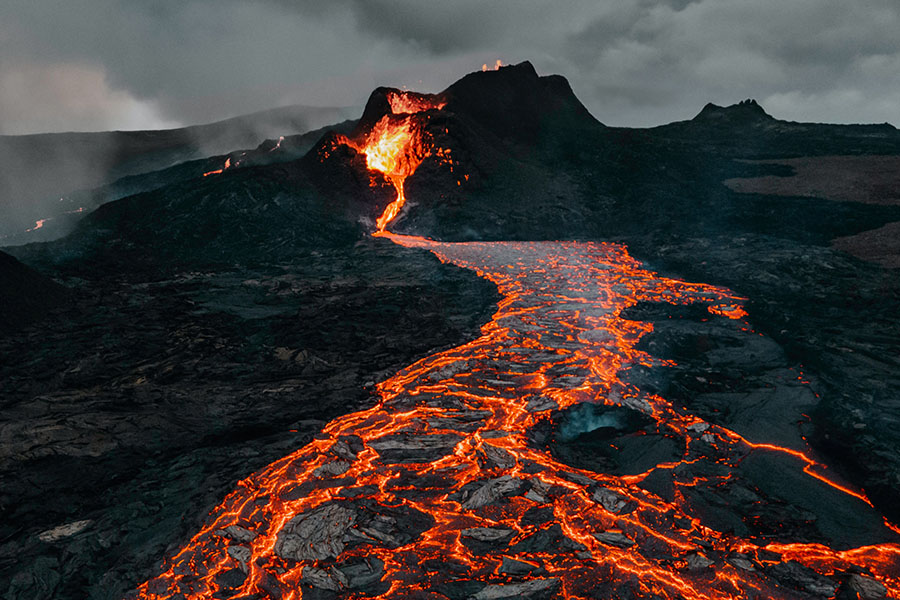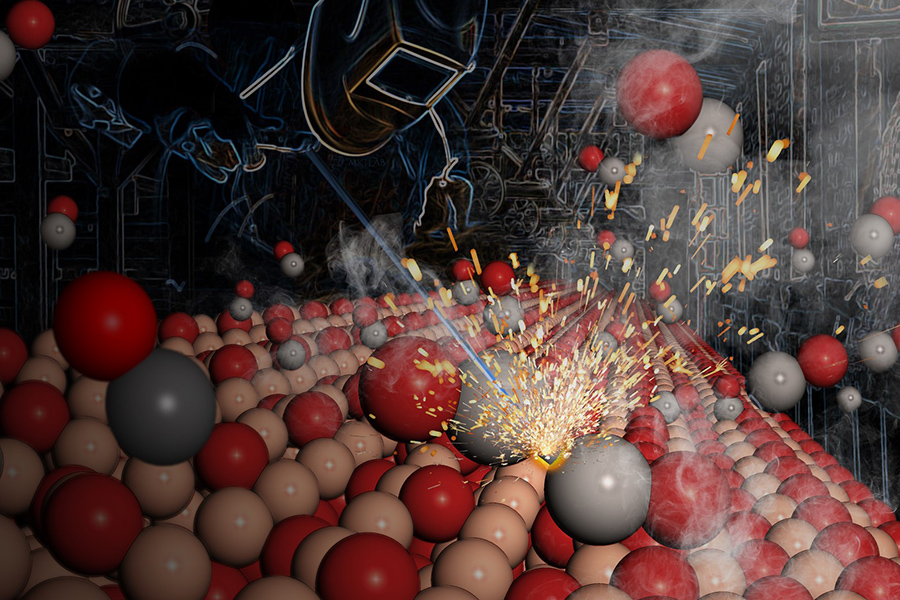(This report is provided by Dr. Wolung Lee’s research team in the Department of Physics)
At the onset of the cosmic journey, the inflationary mechanism produced superhorizon curvature perturbations which affected the future formation of the universe. This study analyzed the growth of superhorizon curvature perturbations in the inflationary universe. Using a simple ultraslow-roll model, we derived the coherence function between any two points in the curvature perturbation. It showed that the causality limits the growth of the curvature perturbation, thereby constraining the important inflationary slow-roll parameters, allowing the universe to produce a large enough primordial black hole. Our research will help estimate how curvature perturbations form primordial black holes in the universe.
The consensus is that if the primeval universe (i.e., the beginning of the universe) had experienced a phase of rapid inflation, it would explain why the current universe is so homogeneous and isotropic. A single, flat, simple scalar field drives the occurrence of slow-roll inflation, producing vacuum fluctuations beyond the size of the horizon, and these quantum fluctuations eventually derive almost scale-independent curvature perturbations, including matter density fluctuations and gravity waves. Employing the concept of slow-rolling inflation, cosmological observations have made extremely precise measurements on matter density perturbation in recent years.
Recently, scientists have observed gravity waves emitted by merging black holes (2017 Nobel Prize in Physics), making people more curious about the origin of primordial black holes. Many studies have used different models of inflation to try to generate large enough curvature perturbations during inflation to form primordial black holes to explain the sources of gravity waves detected by the Laser Interferometer Gravity Wave Observatory (LIGO).
Among many models, there is an ultraslow-roll inflation model with a delayed inflection point in its gravitational field, which violates the slow-roll condition but generates large enough curvature perturbations to arouse our interest. We thus analyze the evolution of the super-visual perturbation in such an ultraslow-roll model. The concept of the conservation of the superhorizon perturbation derived from the assumption of the slow-roll condition no longer holds when the universe is in the ultraslow-roll stage; therefore, the matter disturbance in the superhorizon mode can grow rapidly. Although the rate of inflation is extremely low and the acceleration of the spatial expansion is extremely large, the material disturbance in the superhorizon mode can indeed grow rapidly. However, this growth is not unlimited and is still restricted by the causality law, thus allowing us to estimate an upper limit on the growth rate of curvature perturbations. After lengthy numerical calculations and comparing with the Cosmic Microwave Background (CMB) observations, we found that the presence of the anti-curvature point significantly reduces an important slow-roll parameter in the inflation model, resulting in a well-defined spike on the power spectrum of curvature perturbations, about halfway through the inflation, forming the primordial black hole of about 10-8 solar masses!
The results of our analysis can be applied to infer the growth of curvature perturbations in the universe during ultraslow-roll inflation, and we can then estimate the mass range and quantity of primordial black holes formed when these curvature perturbations re-enter our horizon, which can be compared with current observations to confirm the origin of gravity waves.
Reference:https://journals.aps.org/prd/abstract/10.1103/PhysRevD.99.063524










